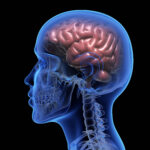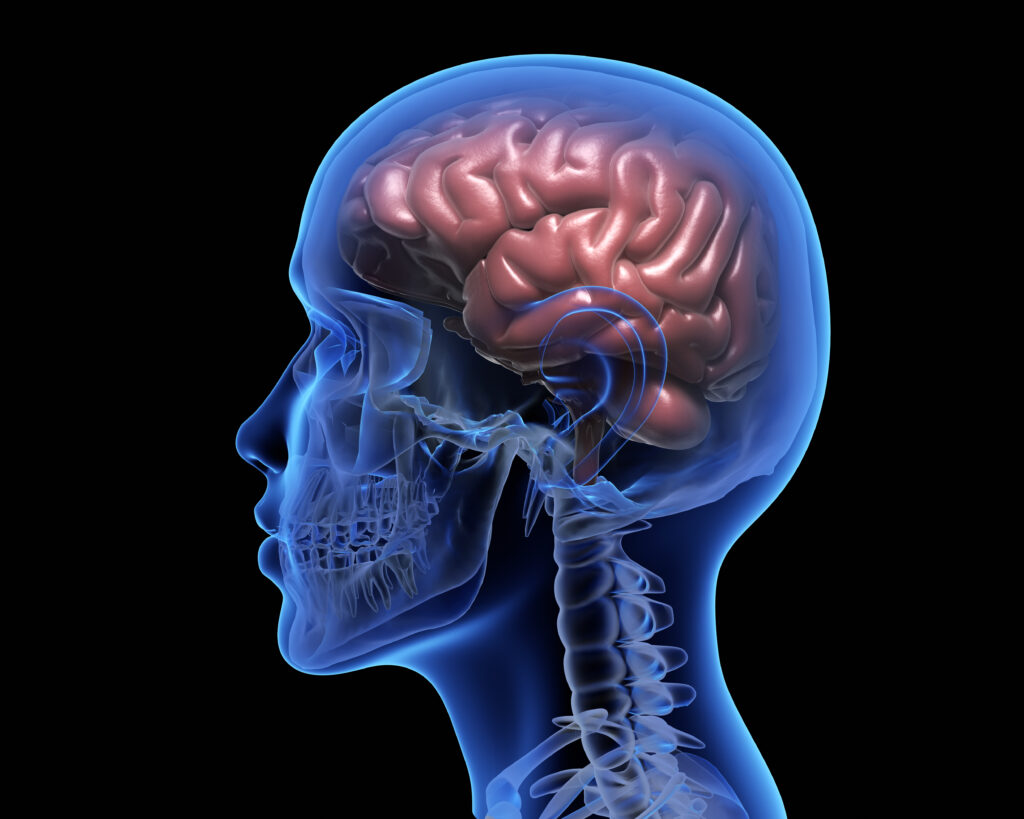
Stroke vs. shock
A stroke happens when the blood flow to a part of the brain is blocked due to a partially or fully blocked artery, or when there is sudden bleeding in the brain due to a burst blood vessel or tumor.
A shock happens when insufficient blood circulates through the whole body, not just the brain. This is usually caused by a serious injury resulting in significant blood loss, spinal injury, heart disease, allergy, or infection.
Both stroke and shock are life-threatening medical emergencies in which the lack of oxygen due to insufficient blood can cause organ damage, and they both require immediate medical intervention to stop permanent damage or death.
Stroke
Strokes result in the interruption of blood flow into the brain. Since blood brings oxygen into the brain, insufficient blood results in oxygen deprivation and death of brain cells. If enough brain cells in an area die, the person may lose the functions that were controlled by that area of the brain. For example, if the part of the brain that controls the bladder gets impacted by a stroke, the person may lose control over their bladder and may need a catheter. The most common disabilities that result from strokes are weakness or paralysis in the limbs on one side of the body, difficulty holding or gripping, and difficulty in understanding speech and speaking.
Synonyms. Cerebrovascular accident, brain attack.
Types of strokes
There are two main types of strokes:
1. Ischemic stroke
About 85% of all strokes are ischemic strokes. This type of stroke happens when there is a partial or complete blockage in the arteries that transport blood to the brain.
Such blockages are often a result of substances such as fat deposits and other types of debris accumulating in the arteries over time. Debris can sometimes form plaques in the arteries. This condition is called atherosclerosis and it causes a stroke when it obstructs blood flow to the brain, and a heart attack when it obstructs the blood flow to the heart.
Symptoms of ischemic strokes
Symptoms of ischemic strokes include sudden confusion, difficulty understanding speech, and difficulty speaking resulting in slurring or garbled speech. The person having a stroke may have a sudden droopiness to one side of their body such as their face and arm. They may have a sudden severe headache, or inability to see from one or both eyes. They may experience sudden dizziness, lose coordination and balance, or have difficulty walking.
Risk factors for ischemic strokes
The risk of having an ischemic stroke increases with a sedentary lifestyle, obesity, and cigarette smoking. Both moderate and heavy alcohol consumption increases the risk of having an ischemic stroke. The risk of stroke increases with older age, and those over 55 years of age have a higher risk of having an ischemic stroke. Some medical conditions can increase the risk of ischemic strokes. For example, in sickle cell anemia, the red blood cells tend to clump together and can cause obstructions in the arteries resulting in a stroke. A good diet, exercise, and a healthy body weight with healthy levels of cholesterol can help prevent ischemic strokes.
2. Hemorrhagic stroke
Hemorrhagic strokes are a result of sudden bleeding in the brain. Sometimes, a weakened blood vessel ruptures or starts leaking blood compressing the surrounding brain tissue. At the same time, due to the rupture or leak, part of the brain becomes oxygen-deprived and begins to die.
Hemorrhagic strokes can happen due to bleeding in the bulk of the brain called the brain parenchyma, or in the subarachnoid space that contains cerebrospinal fluid.
While a minority of strokes are results of hemorrhages, these strokes tend to have higher morbidity and mortality rates.
Symptoms of hemorrhagic strokes
Symptoms of hemorrhagic strokes include sudden and severe headaches, sudden difficulty with speech and communication, one-sided weakness in facial muscles or limbs, vomiting, and stiffness of the neck. Depending on the area of the brain impacted, the patient may have other symptoms such as seizures, photophobia, or coma.
Risk factors for hemorrhagic strokes.
Uncontrolled hypertension (high blood pressure) is one of the main risk factors for hemorrhagic strokes. The risk of having a hemorrhagic stroke increases with cigarette smoking, moderate to heavy alcohol consumption, and abusing drugs such as cocaine, heroin, amphetamine, ephedrine, and phenylpropanolamine. Health conditions such as diabetes and chronic liver disease can increase the risk of hemorrhagic strokes, as can brain tumors such as glioblastoma, lymphoma, meningioma, pituitary adenoma, and hemangioblastoma. The risk of stroke increases with increasing age (over 55 years of age).

Shock
Emotionally, a shock is a condition of sudden fright in response to a trauma. It is temporary and dissipates as the subject adjusts to the situation. In healthy persons, this kind of shock does not cause lasting damage.
Medically, a shock is a life-threatening condition that people can experience as a result of a traumatic injury with excessive blood loss, a spinal cord injury, heart disease, or an aggravated illness or infection. It occurs due to insufficient blood flow throughout the body causing oxygen deprivation.
Shock is understood to be a defense mechanism where the body constricts blood vessels that supply blood to the extremities such as the limbs to conserve blood for the vital organs such as the heart. Prolonged, this condition can cause organ damage and death. About 1 in 5 people who go into shock die from it.
Types of shock
There are various types of shock, often named based on what causes them. For example:
1. Cardiogenic shock
This type of shock occurs due to problems with the heart. A heart-related illness such as valve disorders, or a heart attack can result in the heart pumping an insufficient amount of blood.
2. Hypovolemic shock
This type of shock arises from insufficient volume of blood in the body. The reason for this can be a traumatic injury that causes too much blood loss, a ruptured artery, severe burns, or a sickness that causes extreme dehydration possibly with diarrhea and vomiting.
3. Anaphylactic shock
This type of shock occurs due to a severe allergic reaction to something. For example, some people may have an anaphylactic shock in response to food allergens such as peanuts, antibiotics such as penicillin, or vaccines such as the COVID-19 vaccine.
4. Septic shock
This type of shock occurs when a severe infection elicits an extreme reaction from the immune system that increases inflammation and drops blood pressure. Dangerously low blood pressure results in oxygen deprivation and septic shock. Septic shocks are more common from severe bacterial infections, though they can also result from severe viral and fungal infections.
Symptoms of shock
Depending on the cause of the shock, symptoms can vary. General symptoms of shock include pale or ashen skin that feels cool and clammy, bluish lips or fingernails, rapid breathing, enlarged pupils, weakness, fatigue, dizziness, and fainting.
A shock is a medical emergency requiring urgent care. If you suspect that someone near you is going into shock, it is urgent to call an ambulance as the medical providers can begin lifesaving procedures even before the patient gets to the hospital.
The information provided in our blog posts is for informational purposes only and is not intended as a substitute for professional medical advice, diagnosis, or treatment. Always seek the advice of your physician or other qualified health provider with any questions you may have regarding a medical condition. Never disregard professional medical advice or delay in seeking it because of something you have read on this blog.
 What is a stroke?
Prev post
What is a stroke?
Prev post





